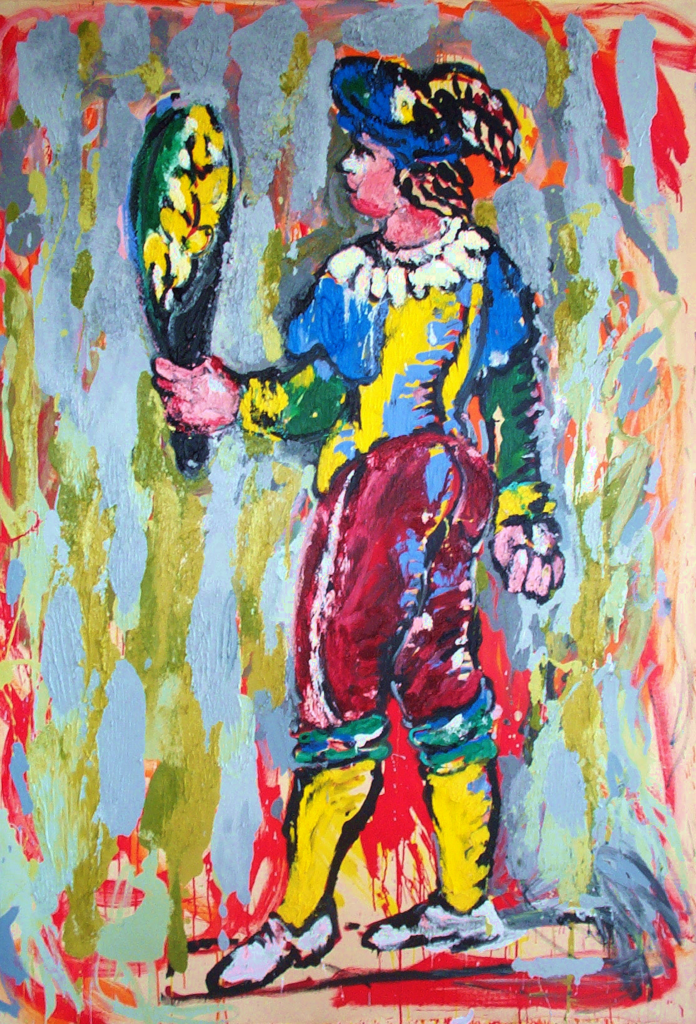Canadian Artist; OC OSA ARCA (1934-2022)

Anthony Morse (Tony) Urquhart was born in 1934 in Niagara Falls, Ontario. His long and remarkable career began while earning his Bachelor of Fine Arts degree from the State University of New York, Buffalo, when he became known in the Toronto art scene as one of the first Canadian Abstract Expressionists.
In 1956, Av Isaacs, the owner of the Isaacs Gallery (one of Toronto’s most cutting-edge art venues which emerged in the mid-1950’s) asked Urquhart to join his growing stable of artists, which included Michael Snow, Joyce Weiland, and Graham Coughtry. Urquhart had his first works shown at the Isaacs Gallery in Toronto when he was only 22. He also had a one-man show in January 1957 and a second in November of the same year with Isaacs. At the time, Urquhart’s influence was from Buffalo, directly from the New York Abstract Expressionists and in 1956 the influence of this movement was still new to the Toronto public.
By 1960, he was the first artist-in-residence at the University of Western Ontario, where he continued as both a teacher and director of the McIntosh Art Gallery. During this time, he founded Canadian Artists Representation (CARFAC) which established a fee structure for the exhibition of works by artists in museums and galleries – making Canada the first to formalize artists’ copyrights and fees. He also exhibited with renowned London art group that included Jack Chambers, Greg Curnoe and Murray Favro. In 1972, Urquhart became full professor of Fine Art at the University of Waterloo, Kitchener-Waterloo, Ontario, teaching drawing, painting and printmaking. He also served periodically as the head of that department until his retirement in 1999.
His distinguished career in Canadian art earned numerous honours and awards, including the Order of Canada in 1995. He was the recipient of the 2009 Governor General’s Award in Visual and Media Arts, and the CARFAC Outstanding Contribution Award. In 2016, he was given an Honorary Doctorate by Carleton University.
Tony Urquhart began his career as a painter and later became known for his ‘box’ sculptures. He was also involved in the Canadian literary scene, particularly with his wife – the novelist Jane Urquhart – and illustrated various books. Throughout his career, however, drawing has been central to Urquhart’s art. Tony passed away January 26, 2022
SELECTED COLLECTIONS: Urquhart works can be found in the collections of the National Gallery of Canada, Ottawa, ON; the Art Gallery of Ontario, Toronto, ON; the Museum of Modern Art, New York City, NY, USA; the Victoria and Albert Museum, London, England; the Hirshhorn Collection of the Smithsonian Institution, Washington, D.C., USA; the Bibliothèque Nationale de France, Paris, France: and the Museo Civico, Lugano, Switzerland.
The record price for this artist at auction is $12,980.00 for THRESHOLD, sold at Waddington’s in 2013.















































